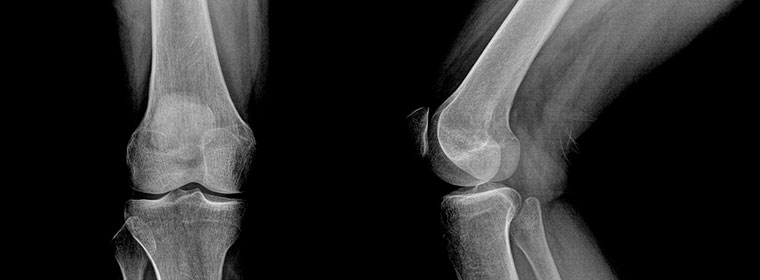Knee Surgery

Types of knee surgery
As the population ages, more joint surgery is being performed to treat or replace worn-out arthritic joints. As concerns the knee, these operations include arthroscopy procedures and arthroplasty joint replacement procedures.
During an arthroscopy procedure, the inside of the knee joint is visualized through a camera on the end of a scope that is inserted into the knee. One of the important principles during this operation is that the surgeon always knows where the cutting end of the scope is. The cutting end of the scope is used to trim cartilage and bone spurs. Behind or posterior to the knee joint are the popliteal artery and the popliteal vein. If the scope is advanced too far, it can cut or tear these blood vessels. This could result in a blockage of blood flow to the lower leg or in a compartment syndrome in which the muscles and nerve cannot get blood circulation.
Knee surgery and malpractice
It is critical that the surgeon knows the position of his instrument during the joint surgery to prevent such an accident and, if a vascular injury occurs, it is critical for the surgeon to recognize this accident. An immediate repair of the injured blood vessels is necessary to save the leg.
Generally, it falls below the standard of care for a surgeon to allow his instruments to injure structures that are outside the surgical field. This injure would be classified as an example of this type of mistake.
The diagnosis of popliteal vascular injury can be made by evaluating the surgical area. Increased unexplained swelling, loss of a pedal pulse, color and temperature changes to the lower leg are all indicative of vascular injury.
With total knee replacement surgery, the same principles would apply.

